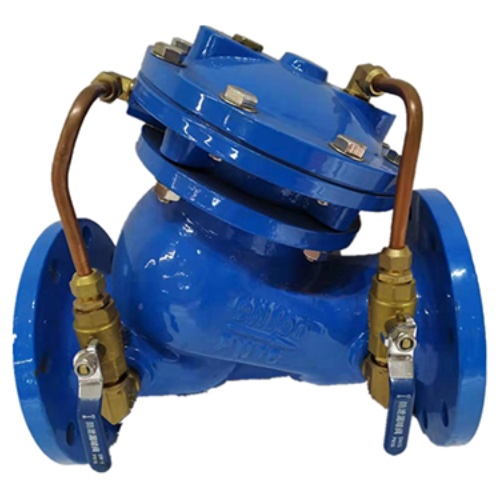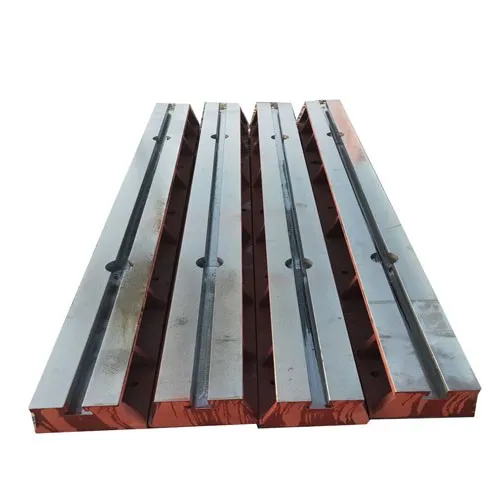2 月 . 04, 2025 01:19 Back to list
different types of globe valves
Globe valves are integral components in various industrial applications, prized for their precise control over fluid flow. Diverse in design and functionality, these valves find use across multiple sectors, from oil and gas to water treatment and beyond. Understanding the different types of globe valves can significantly optimize operations, ensuring both efficiency and safety in fluid management systems.
Angle-type Globe Valve Distinguished by its 90-degree fluid flow change, the angle-type globe valve is specifically optimized for applications requiring flow direction changes. By reconfiguring piping layouts with angle valves, the need for extra elbow fittings is reduced, which helps in minimizing overall installation costs and potential leakage points. This type of valve is especially advantageous in turbulent flow situations and in systems where space constraints are a significant consideration. Its sturdy build is adept at handling abrasive fluids and slurries, making it a popular choice in wastewater treatment plants and in the mining industry. In addition to these traditional designs, modern innovations have introduced variations such as bellow-sealed and pressure seal globe valves, which further enhance performance under specific conditions. Bellow-sealed globe valves eliminate any risk of external leakage, crucial in processes dealing with toxic or hazardous substances where safety is paramount. Pressure seal designs, on the other hand, offer superior resistance to high-pressure conditions, making them ideal for use in power generation facilities and chemical processing plants where integrity under stress is critical. When selecting a globe valve for specific applications, considerations such as the nature of the media, temperature, pressure levels, and required maintenance should guide decision-making. Each valve type offers distinct operational benefits that cater to diverse industrial needs, and understanding these nuances can aid in optimizing system performance. In conclusion, globe valves, with their capacity for precise flow control and robust construction, remain indispensable in many industries. By choosing the correct type – whether Z-type for basic throttling tasks, Y-type for enhanced flow efficiency, or angle-type for directional changes – industries can significantly enhance their operational efficiency. As technology evolves, globe valves are likely to continue evolving, presenting newer designs that further improve flow management, energy efficiency, and operational safety, making them a vital part of industrial advancements. 行业从业者和工程师能从这些不同类型的截止阀中识别出最适合其特定需求的产品,进而提升其流体控制系统的总体性能和安全性。


Angle-type Globe Valve Distinguished by its 90-degree fluid flow change, the angle-type globe valve is specifically optimized for applications requiring flow direction changes. By reconfiguring piping layouts with angle valves, the need for extra elbow fittings is reduced, which helps in minimizing overall installation costs and potential leakage points. This type of valve is especially advantageous in turbulent flow situations and in systems where space constraints are a significant consideration. Its sturdy build is adept at handling abrasive fluids and slurries, making it a popular choice in wastewater treatment plants and in the mining industry. In addition to these traditional designs, modern innovations have introduced variations such as bellow-sealed and pressure seal globe valves, which further enhance performance under specific conditions. Bellow-sealed globe valves eliminate any risk of external leakage, crucial in processes dealing with toxic or hazardous substances where safety is paramount. Pressure seal designs, on the other hand, offer superior resistance to high-pressure conditions, making them ideal for use in power generation facilities and chemical processing plants where integrity under stress is critical. When selecting a globe valve for specific applications, considerations such as the nature of the media, temperature, pressure levels, and required maintenance should guide decision-making. Each valve type offers distinct operational benefits that cater to diverse industrial needs, and understanding these nuances can aid in optimizing system performance. In conclusion, globe valves, with their capacity for precise flow control and robust construction, remain indispensable in many industries. By choosing the correct type – whether Z-type for basic throttling tasks, Y-type for enhanced flow efficiency, or angle-type for directional changes – industries can significantly enhance their operational efficiency. As technology evolves, globe valves are likely to continue evolving, presenting newer designs that further improve flow management, energy efficiency, and operational safety, making them a vital part of industrial advancements. 行业从业者和工程师能从这些不同类型的截止阀中识别出最适合其特定需求的产品,进而提升其流体控制系统的总体性能和安全性。
Next:
Latest news
-
Y Type Strainers: A Comprehensive GuideNewsOct.18,2024
-
Understanding Water Valve Options for Your NeedsNewsOct.18,2024
-
Functions and TypesNewsOct.18,2024
-
An Essential Component for Fluid SystemsNewsOct.18,2024
-
Adjustment and ReplacementNewsOct.18,2024
-
Slow Closing Check Valves: A Key Component in Fluid SystemsNewsOct.08,2024
Related PRODUCTS









